Mindfulness refers to paying attention to both our surrounds and our mental wellness. We can create a healthy relationship with ourselves by engaging in mindfulness practises, which can be helpful. Our self-confidence grows as a result, which helps us focus better. We become more conscious of and knowledgeable about our ideas, feelings, and bodily sensations as a result.
Concentration and practise are essential for mindfulness.But our goal is to impart certain mindfulness techniques to you, show you how to concentrate, and help you apply them to your daily activities.
Here are 10 mindfulness exercises that can benefit everyone:
1. Breath Awareness:

Breath awareness entails giving your breathing some serious thought. Try to pay attention to how you breathe in—when air enters your lungs—and out—when air is expelled from your body. However, the secret is to simply observe your breath as it is rather than trying to make it deeper, faster, or either. Imagine that when you sit by the coast, silently observing it without making any attempts to influence it, your breath is like a gentle wave coming in and going out. You might feel more at ease and concentrated on this mindfulness exercise by using this simple trick.
2. Body Scan:

Body Scan is a unique mindfulness exercise that helps you learn more about your body. To begin, focus on the toes at the bottom of your feet. Then, carefully work your way up, through each area of your body, until you reach the top of your head.
It’s like speaking to your body in a verbal-free dialogue as you do this. You focus more on each part, almost as if you were asking your toes, “Hey, how are you feeling today?” After that, you climb up and address your feet, legs, and so on, all the way to your head, with the same question.
Each part of the body might exhibit different sensations, such as warmth, tingling, or even some stiffness. The trick is to just acknowledge these emotions without attempting to alter them. It’s like going on an adventure while investigating the sensations in your body.
3. Mindful Walking:

Walking mindfully is similar to walking slowly and deliberately, paying close attention to each step you take and how the ground feels beneath your feet.
Picture yourself going for a walk and taking your time rather than rushing. You watch your feet move with each stride. The ground feels as though it is massaging your feet from below. You might notice that your toes come in second and your heel comes in first.
It’s similar to walking in such a way that you are conscious of every little detail of it. You’re not rushing; instead, you’re simply taking each step as it comes. You can feel more in tune with your surroundings and have better mental clarity with the aid of this practise. Like a leisurely stroll, it might promote serenity and peace.
4. Sensory Awareness:

Utilising your super senses to fully appreciate and notice everything around you is what sensory awareness requires. This can be achieved by paying close attention to your senses of sight, sound, smell, taste, and touch.
Being fully present in the moment and engaged with the world is possible with sensory awareness. It’s like giving your senses a brief vacation to discover and take in all the beautiful things nearby. It may instill a sense of wonder and a respect for the modest pleasures of life.
5. Loving-Kindness Meditation:
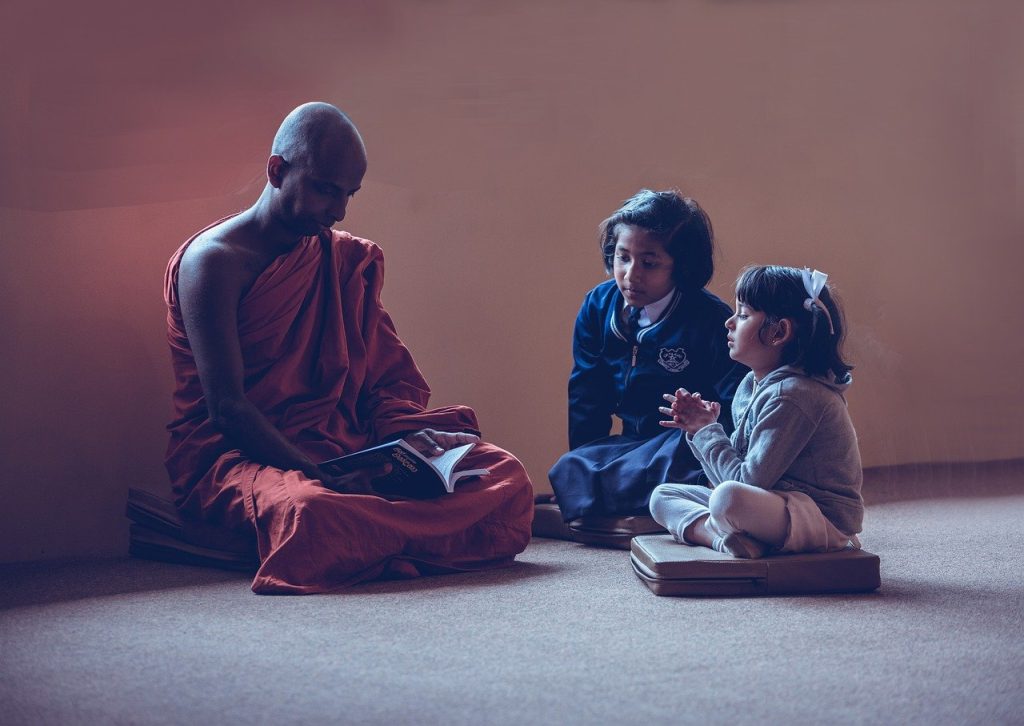
Loving-Kindness Meditation is equivalent to a comforting mental and emotional workout. It is a mindfulness exercise that involves thinking positive ideas, such as love and kindness, to both yourself and other people, including your close friends, family members, and even strangers.
It’s like sowing seeds of compassion in your mind and heart when you practise loving-kindness meditation. It might make you feel kinder and more understanding towards others and yourself if you frequently practise it. It’s like creating a bridge out of love and empathy between you and others around you, bringing more happiness and friendliness into the world.
6. Eating Mindfully:

Eating mindfully is exactly the same mindfulness as making each meal a memorable experience. It means taking your time and thoroughly savouring each bite. You pay special attention to how the food smells, tastes, and feels in your mouth. Eat patiently. Don’t rush when you sit down to eat. Eat little nibbles and chew them thoroughly.
Take note of the flavours in your meals. It’s similar like going on a new flavour experience. Pay attention to the flavours that are sweet, salty, sour, or spicy.
Feel the meal as it enters your mouth. It’s similar to discovering various textures. Some meals are soft, some are crunchy, and some fall somewhere in the middle.
Take in the Aroma As you bring the meal to your mouth, inhale the aroma. Similar to getting a peek
preview of the deliciousness. The smell can make the food taste even better.
7. Gratitude Journaling:
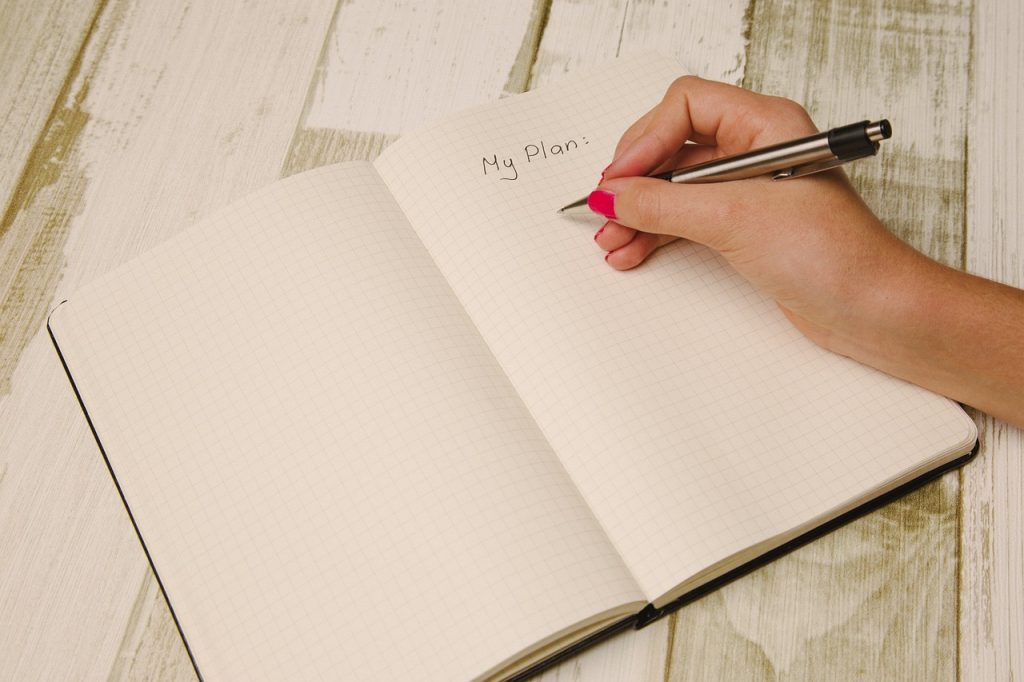
A gratitude journal is like a special diary where you record daily entries on the things for which you are grateful and pleased. It’s a strategy for developing a happier outlook on life.
You have a daily journal where you list happy or appreciative moments. These things may be significant, such as the love of your friends and family, or they may be insignificant, such as the flavour of your favourite dish or a stunning view.
You act like a detective looking for all the nice things in your life when you do this. This mindfulness exercise enables you to realise just how many lovely things already permeate your day-to-day activities. Keeping a gratitude journal is similar to sowing seeds of optimism in your mind.
8. Body-Mind Check-In:
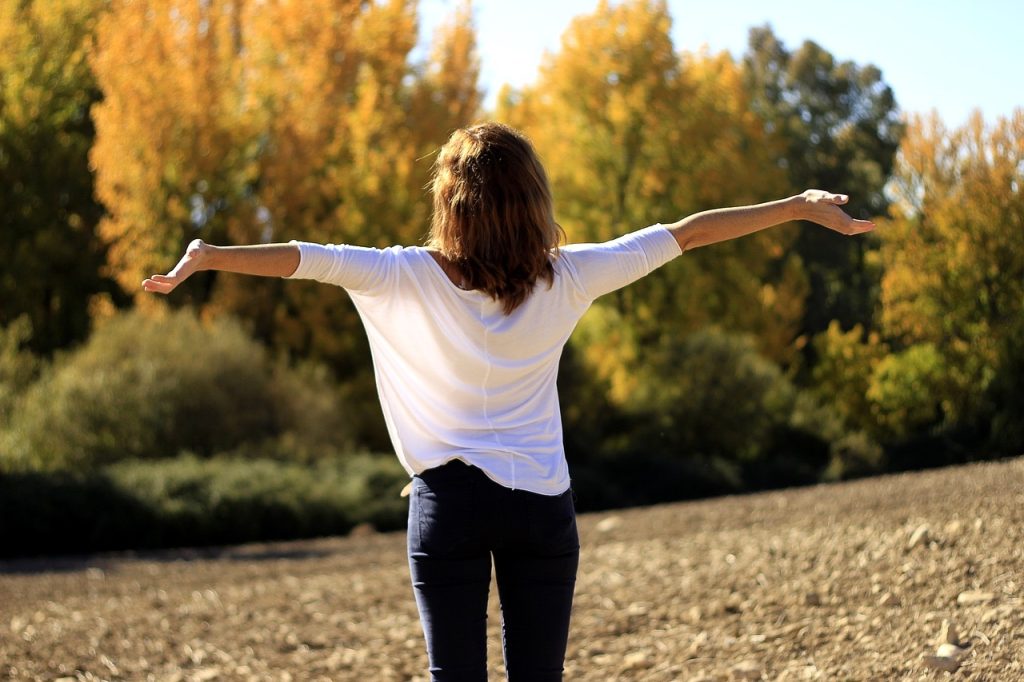
This type of mindfulness exercise includes pausing for a moment to observe your inner feelings and your physical sensations without passing judgement on them.
Consider your feelings. Are you joyful, depressed, anxious, or experiencing another emotion? It’s similar to accepting your emotions without judging them as right or incorrect.
Be mindful of how your body is feeling. Do you feel energised, nervous, at ease, or perhaps even a little worn out? It’s like hearing what your body is trying to say by listening to it.
It’s crucial to be gentle with oneself in this situation.
9. Breathing Exercises:
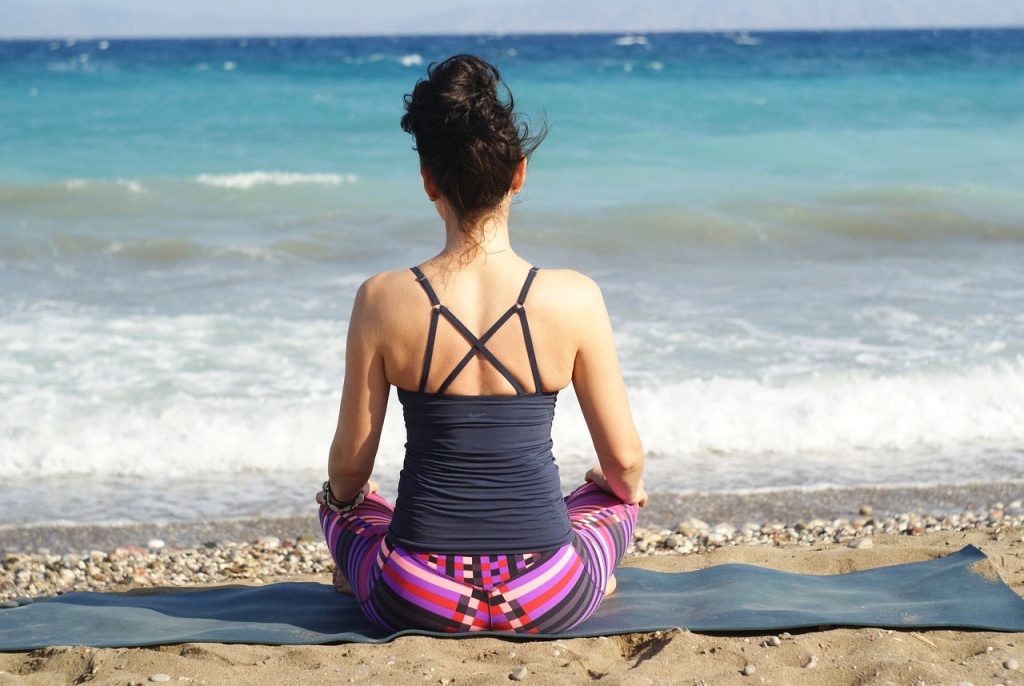
These unique breathing techniques can make you feel better. To improve your breathing deeper and calmer, you can practise several techniques including deep diaphragmatic breathing and 4-7-8 breath. When you breathe deeply through your nose, your belly expands like a balloon as you inhale slowly. This mindfulness technique is known as deep diaphragmatic breathing. You exhale slowly through your mouth next. It’s similar to taking in fresh air and slowly exhaling it, as if you were deflating a balloon.
When performing the 4-7-8 Breath, you inhale slowly for four counts via your nose, hold it for seven counts, and then slowly let it out for eight counts. You can unwind by doing something similar to counting your breaths in a basic pattern.
10. Daily Routine Mindfulness:
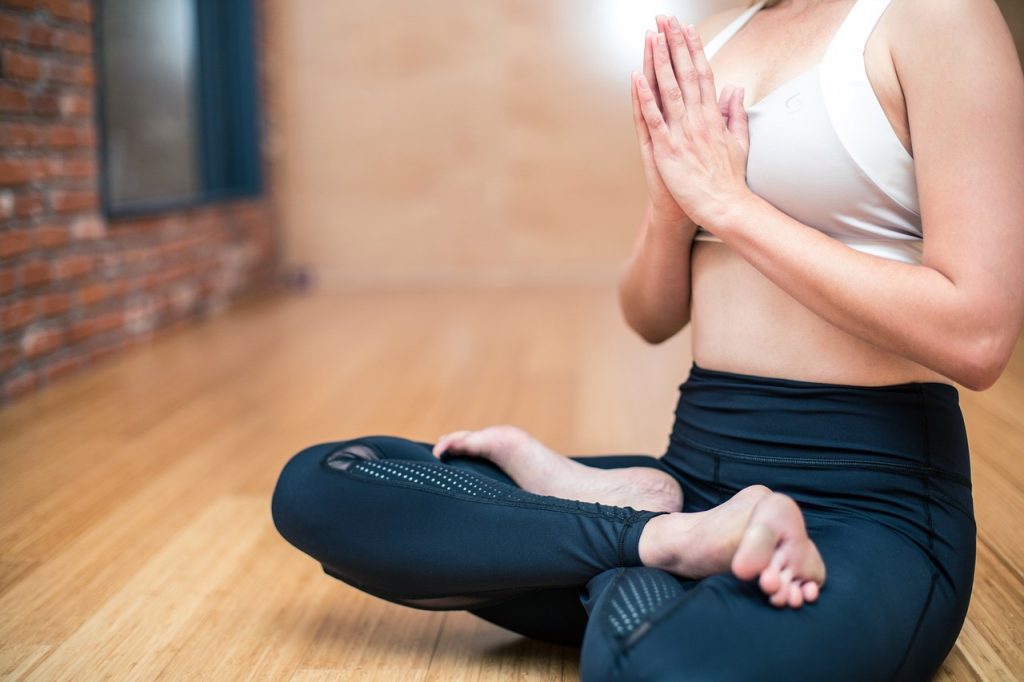
Daily Routine mindfulness means sprinkling a little serenity on your routine tasks. You accomplish this by concentrating and giving your all to whatever you are doing, such as washing the dishes, brushing your teeth, or having a shower.
Your daily activities can be made to be more joyful and meaningful by practising daily routine mindfulness. It’s like making ordinary circumstances into mini-adventures for your senses. By doing this, you may infuse even the most mundane moments of your day with a sense of calm and appreciation.
Conclusion:
Although it requires some practise, mindfulness is a skill that you can improve. A game or learning to ride a bike could serve as analogies. Over time, you improve by starting out small.
You may improve your mindfulness skills by starting small and gradually increasing your practise. It’s similar to mastering a video game, except that instead of earning points, you obtain a clear head. Take your time, and always keep in mind that practise makes perfect.
